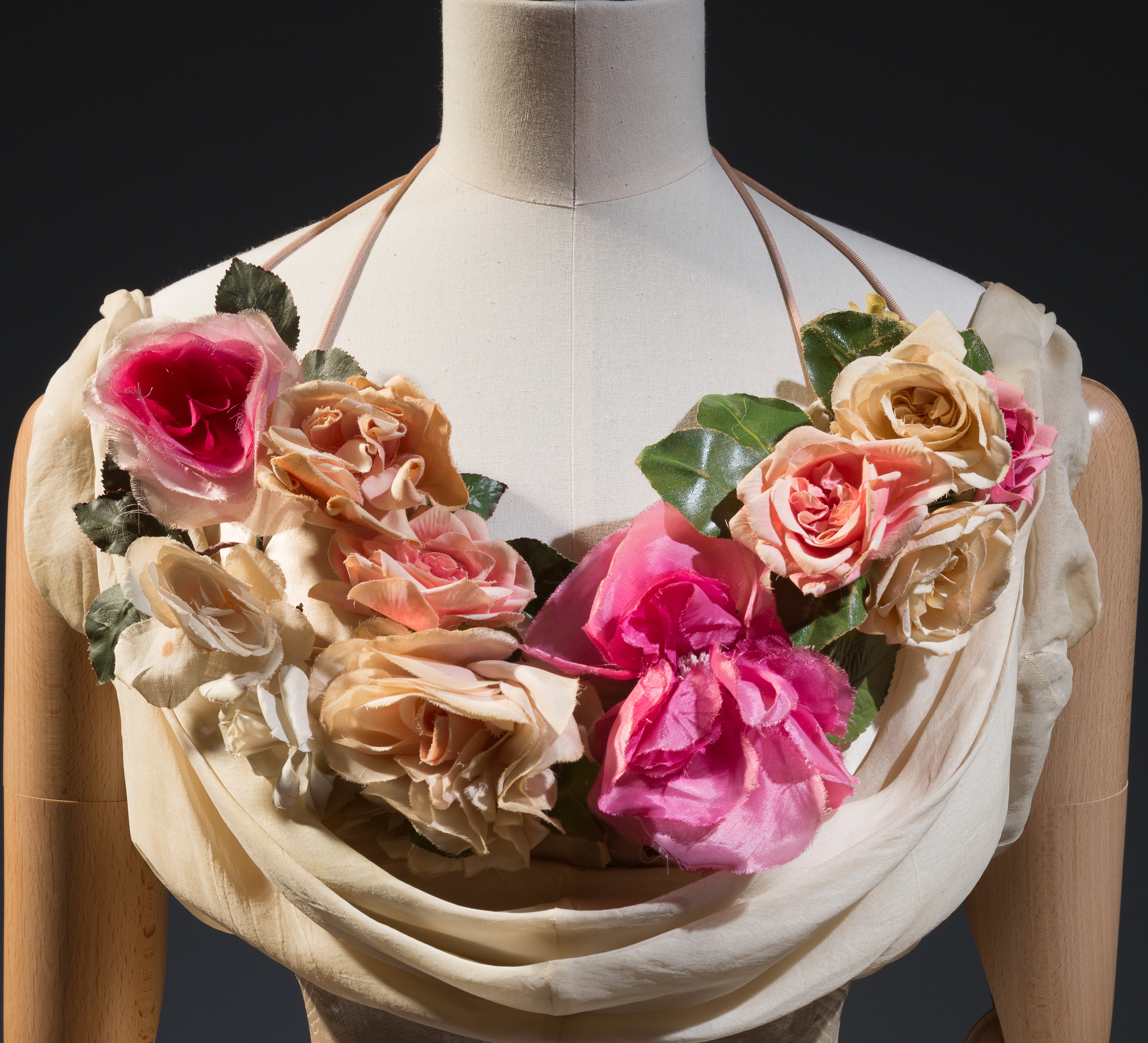Think Pink
On HauteCoutureCollezioni Sposa n.168
“Think Pink! Think Pink!”, urged Kay Thompson, the American author who masterfully interpreted the role of the fashion editor Maggie Prescott in the 1957 movie Funny Face with Fred Astaire and Audrey Hepburn, who famously later revealed “I believe in pink”. Karl Lagerfeld seems to have a slightly different opinion on the matter when he exhorts to “think pink. But don’t wear it”. It is perhaps also worth remembering that Diana Vreeland declared, without any hesitation whatsoever, that “Pink is the navy blue of India” whereas Alessandro Michele, creative director at Gucci, admits that “I adore pink: it’s very powerful. It makes you feel sweet and sexy, even if you are a man”. It’s indeed undeniable that pink has a truly important and multifaceted role in fashion history. Normally associated with all things girly, pretty and sweet, this colour with its almost indefinite number of shades and hues is much more than just a signifier of a stereotypical concept of girlish femininity. As the ‘Pink: The History of a Punk, Pretty, Powerful Color’ exhibition in New York beautifully and poignantly illustrates by highlighting how different shades of pink meant different things in different times. The Shocking Pink aptly named by Elsa Schiaparelli in the later 1930’s is a signifier of feminine power and strength, rather than sweetness and coyness, while the Rosa Mexicano is associated with national identity. And, after all, pink was a very fashionable colour for both men and women in 18th century Europe and still is in modern day India. The over 80 outfits on display also highlight how different tones of this magical colour have strong connotations with eroticism, rebellion and protest.
‘Pink: The History of a Punk, Pretty, Powerful Color’ is at The Museum at FIT in New York from the 7th of September 2018 to the 5th of January.
